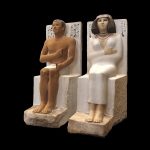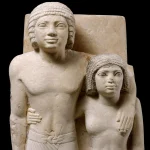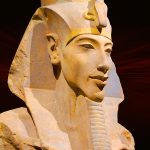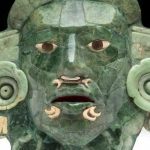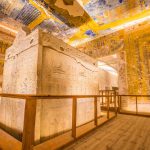The Sphinx
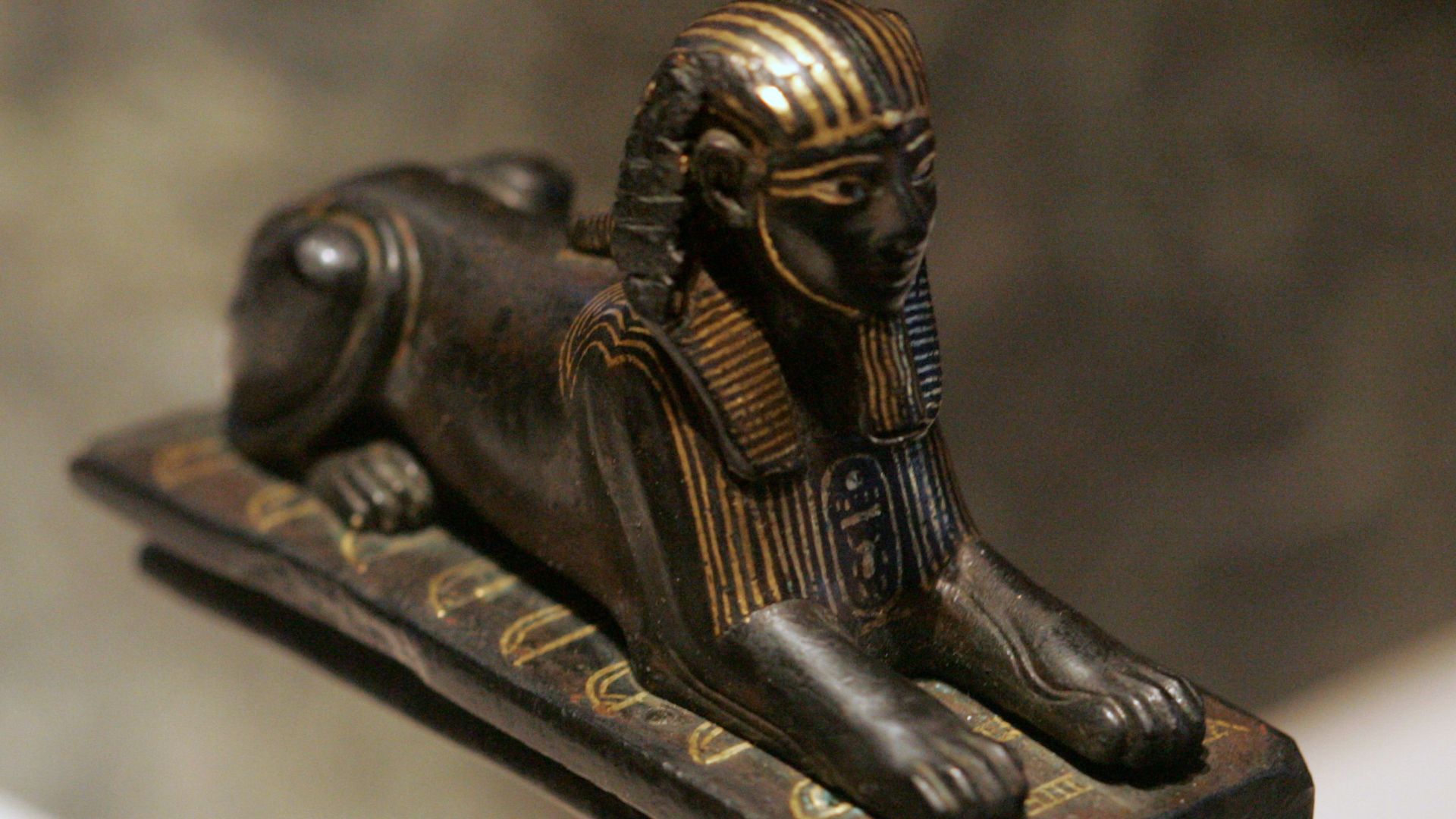
The Bronze Sphinx of Thutmose III is a statuette depicting a sphinx, with gold inlays emphasizing symbols of royal authority. Created during Egypt’s 18th Dynasty under the reign of Thutmose III (c. 1479–1425 BCE), it is now on display at the Louvre Museum.
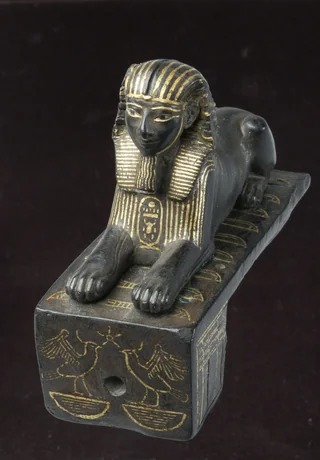
The Sphinx is one of the most iconic monuments of ancient Egypt, located on the Giza Plateau near the Great Pyramids. Carved from a single limestone ridge, it features the body of a lion and the head of a human, believed to represent Pharaoh Khafre.
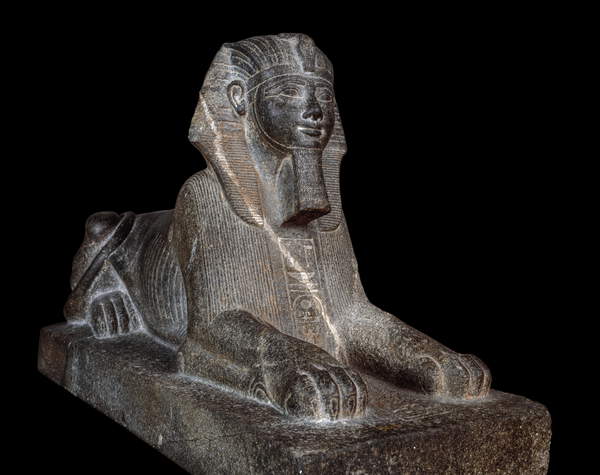
Measuring approximately 73 meters long and 20 meters high, the Sphinx symbolizes strength, wisdom, and royal authority.

Its face wears the traditional nemes headdress, although the statue later lost its nose, likely due to erosion or deliberate damage. Serving both as a guardian and a representation of divine kingship, the Great Sphinx remains a timeless emblem of ancient Egyptian civilization.
